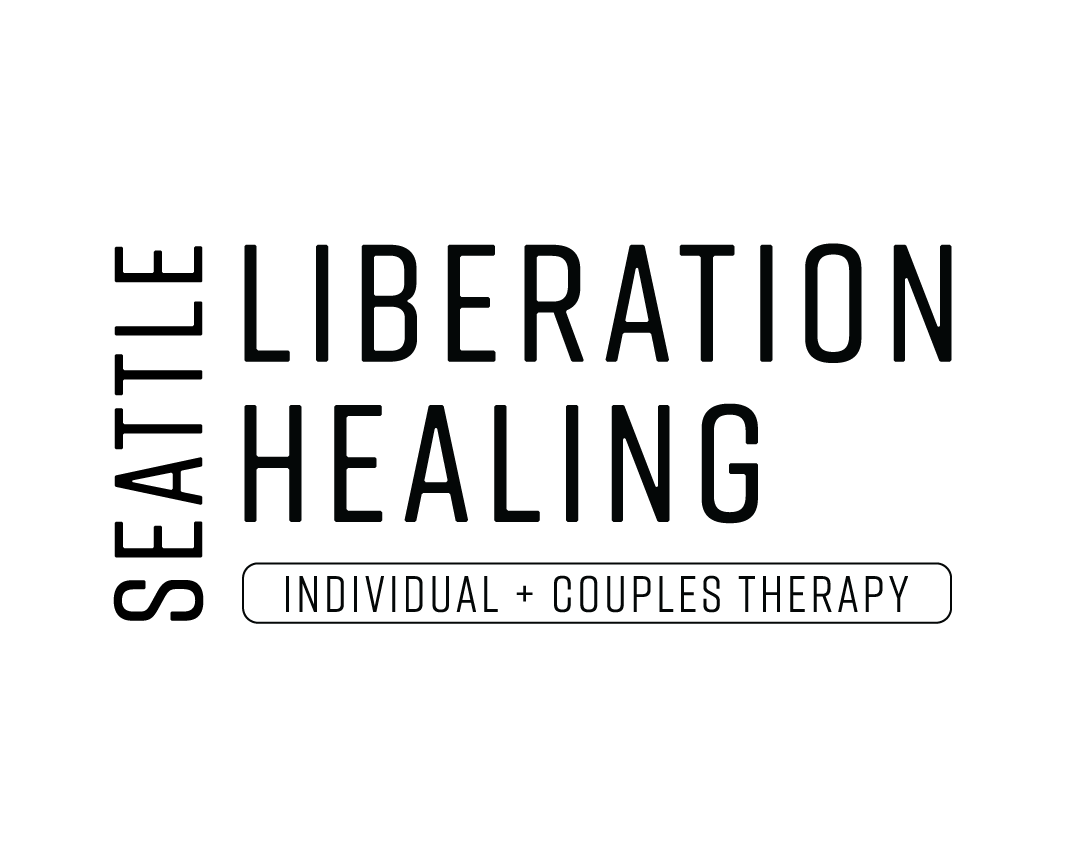Therapist Self Disclosure: What’s Helpful And Unhelpful
The therapeutic relationship is structured in such a way that it can be construed as false or highly asymmetrical.
Indeed, the therapist client relationship is an unique one because it is not a social, platonic, or romantic relationship.
While disclosure should be approached cautiously, Gabbard (2014) states that: thoughtful disclosure of the therapist's feelings to the patient can be therapeutic even though self-disclosure is not ordinarily regarded as a dynamic psychotherapy intervention. (p. 140).
Moreover, self-disclosure is usually thought of as a verbal, tangible fact (e.g. something you tell a client).
However, self-disclosure is multifaceted and complex; the process of self-disclosure moves beyond this rigid notion of verbal cues and encompasses nonverbal cues such as: the way we talk, the way we dress, the way our office is decorated, how to respond to questions, whether we even decide to answer client questions, and the moments of spontaneity in our responses and reactions to our clients.
Examples of Judicious Self Disclosure
Sharing something with a client for the client so it can help them clinically in some manner
Sharing something with a client after working with them for a few months and you have a good solid therauaptic relationship with them
Asking the client for permission before sharing something
Sharing something with a client from a marginalized or minoritized identity to feel less alone
Sharing something with the client with a similar lived experience so the client feels less alone
Sharing something that makes the client feels cared for in an authentic manner
When therapy is still about the client, their goals, and their outcomes, even after sharing
And more
Examples of Self Disclosure That May Not Be Judicious
Sharing personal issues and material with the client…
In lieu of attending one’s own personal therapy or personal consultation/supervision
To feel better and relieve discomfort in the present moment
To attempt to fix/solve/help the client immediately without letting the client come to their own conclusion and have their own experiences
Projecting/putting our own unresolved wounds/hurt/expereinces stuff onto the client and in the therapy room
Reacting versus reacting to client material
Sharing something when triggered in the therapy room instead of self soothing and regulating one self
Consistently (over and over, not a one or two time event) talking about personal experiences without the client wanting to hear it and not asking for permission
Sharing inappropriate materials like dating, sex, intimacy, etc.
When it serves no client therapeutic goal(s)
When after sharing, the client has an urge to take care of the therapist
When after sharing, the client feels confused and overwhelmed with the therapist material
When therapy becomes mostly about the therapist and not the client
When the therapist feels uneasy and questions themselves consistently after sharing personal material and experiences
When the therapist is overly confident they are doing the right thing after consistently sharing personal material and experiences
And more
Every Client Is Different
Some clients find self disclosure helpful
Other clients do not find self disclosure helpful at all
Some disclosure can be healing while other forms of disclosure can be at best inappropriate and at worst, harmful
Some therapy approaches favor judicious disclosure while others do not
Some issues/concerns are more prone to disclosure such as trauma, PTSD, grief, addiction, and substance use
Self disclosure is on a continuum, nuanced, and complex
Questions to Ask Yourself
Am I sharing this for myself? Am I sharing this for the client?
Am I sharing this because the client asked me a direct question?
Am I sharing this to receive my own discomfort and unpleasant feelings inside of me?
Am I sharing a recent experience or an older experience?
Have I resolved what I am disclosing?
Am I sharing a personal opinion to attempt to sway the client to do something?
Am I soliciting unwanted feedback and/or advice to the client?
What would happen if I waited 1-2 minutes before sharing? Will this urge decrease, stay the same, or increase?
What would happen if I didn’t share this material with the client today? And I waited next week?
WAIT: Why am I talking?
WAIST: Why am I still talking?
Who do you seek out consultation from? How often do you seek out consultation?
How do you consistently “check your stuff” so it doesn’t leak out into the therapy room?
How do you take care of yourself and talk to yourself after making mistakes? We all make mistakes. It’s how we repair them and ask for help from others.
